In the late 1800s, scientists turned an analytical eye to color, focusing on optics and human perception. These investigations fascinated a new group of artists called Neo-Impressionists, who emerged in the 1880s. This group applied scientific principles of color theory to painting, stressing structure and precision over the Impressionists’ emphasis on spontaneity and blended colors. By the 1880s and 1890s, pollution and overcrowding led many artists to flee the densely packed cities for remote rural locations or distant colonial outposts. They yearned for locales that were less urban, where the natural light was brighter and more dramatic. Some artists sought to depict a spiritual inner life, where the mystical, philosophical, and artistic came together to create a world that was more symbolic than realistic. Emotion was stressed over fact. Within the Nelson-Atkins collection are paintings and works on paper by Émile Bernard, Pierre Bonnard, Paul Cézanne, Paul Gauguin, Odilon Redon, Georges Seurat, Paul Signac, Henri de Toulouse-Lautrec, and Vincent van Gogh.
Post-Impressionism, 1886–1900s
doi: 10.37764/78973.8.700
-
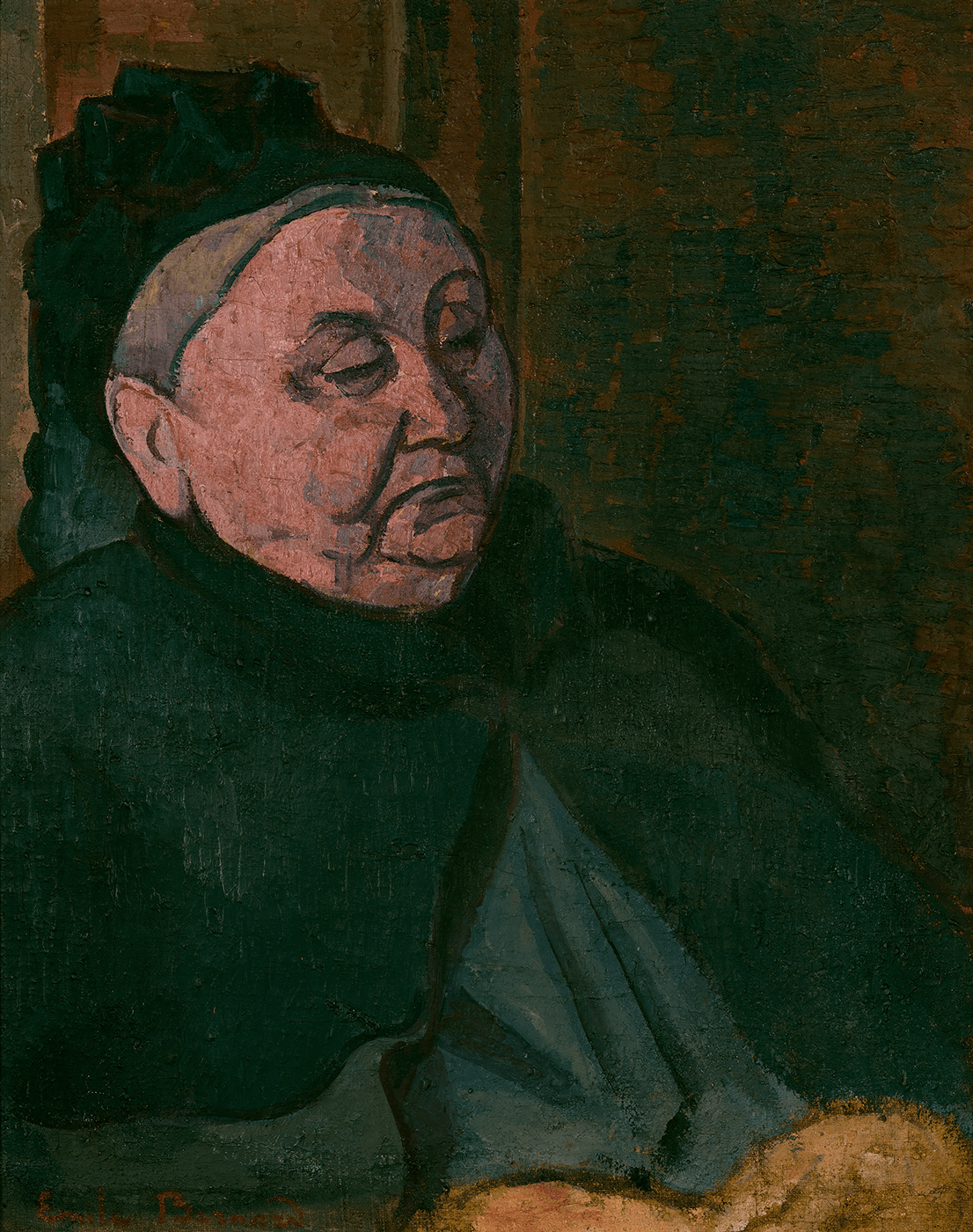 Émile Bernard, The Artist's Grandmother, 1887
Émile Bernard, The Artist's Grandmother, 1887 -
 Pierre Bonnard, Still Life with Guelder Roses, 1892; reworked 1929
Pierre Bonnard, Still Life with Guelder Roses, 1892; reworked 1929 -
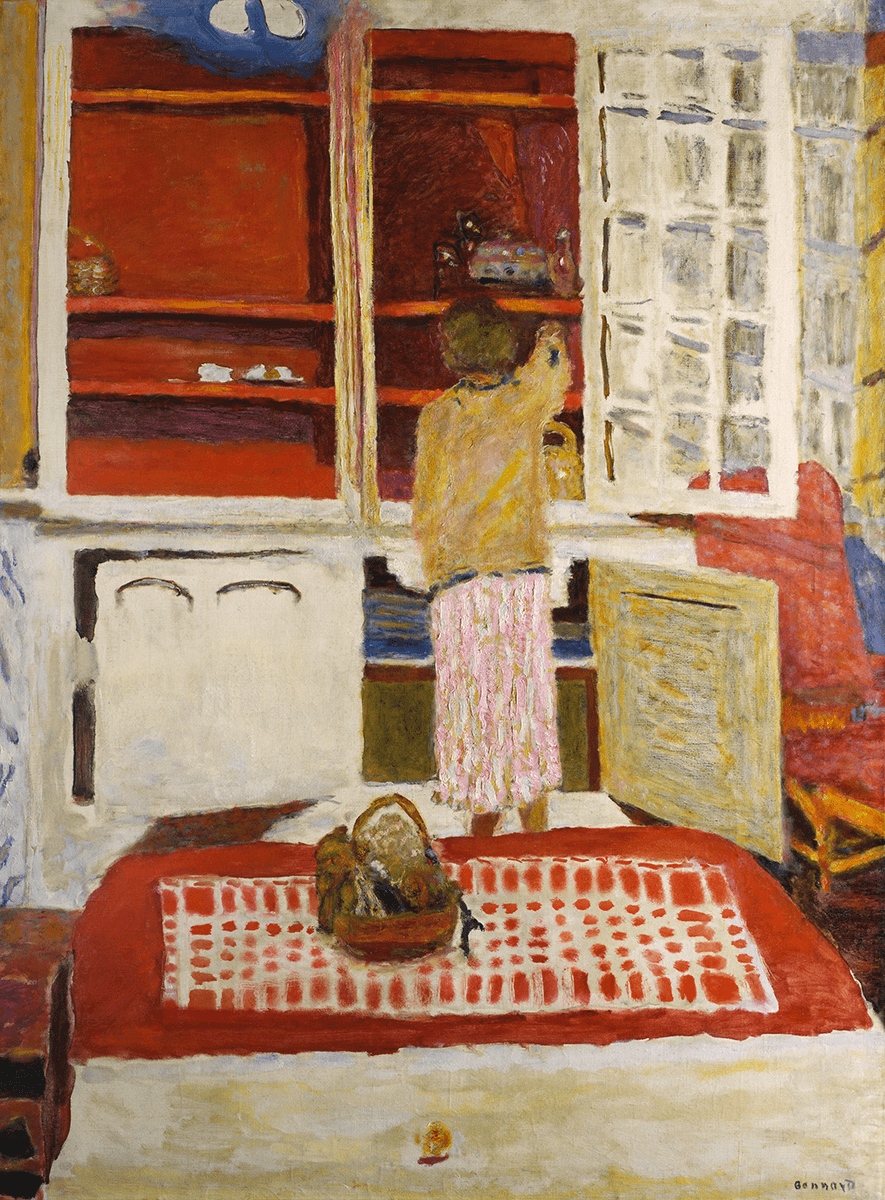 Pierre Bonnard, The White Cupboard, 1931–1932
Pierre Bonnard, The White Cupboard, 1931–1932 -
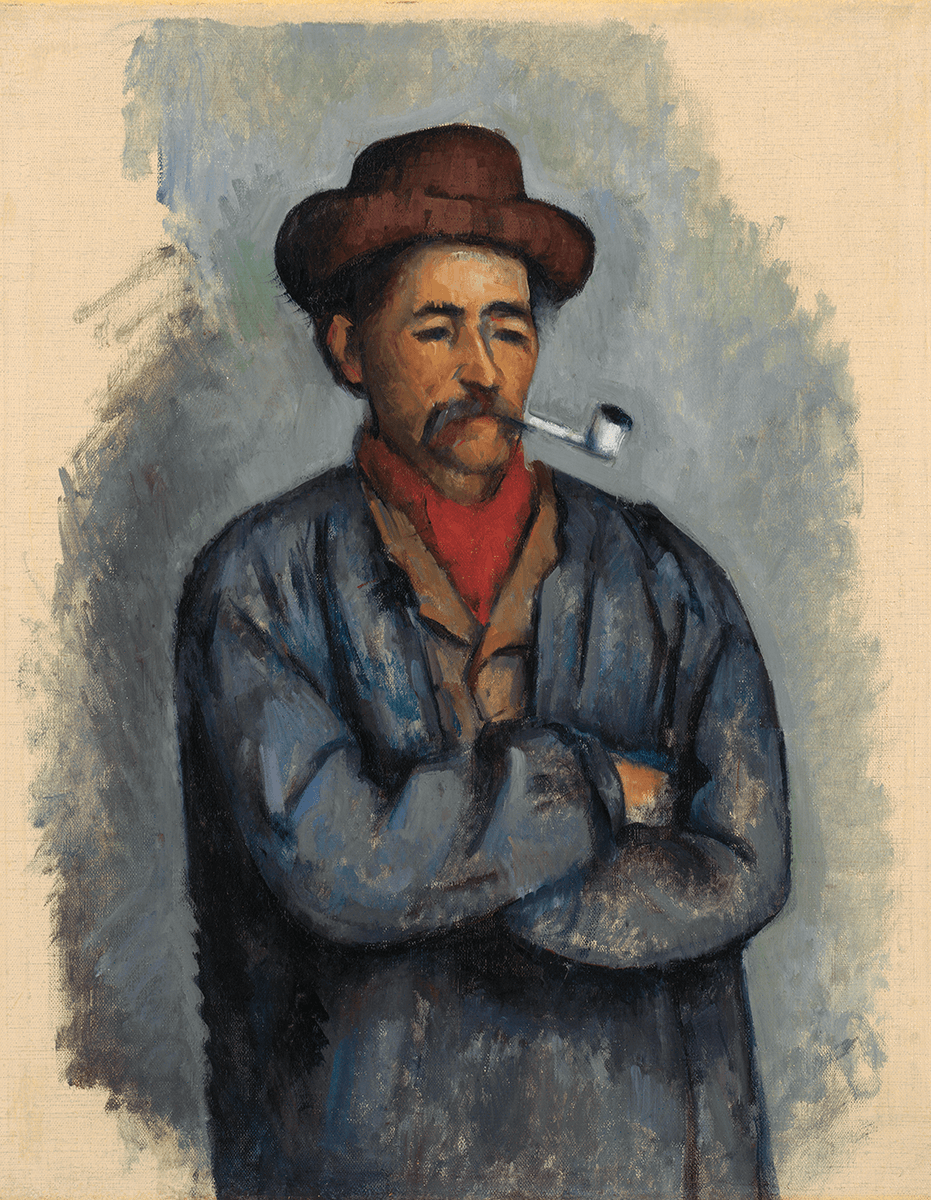 Paul Cezanne, Man with a Pipe, 1890–1892
Paul Cezanne, Man with a Pipe, 1890–1892 -
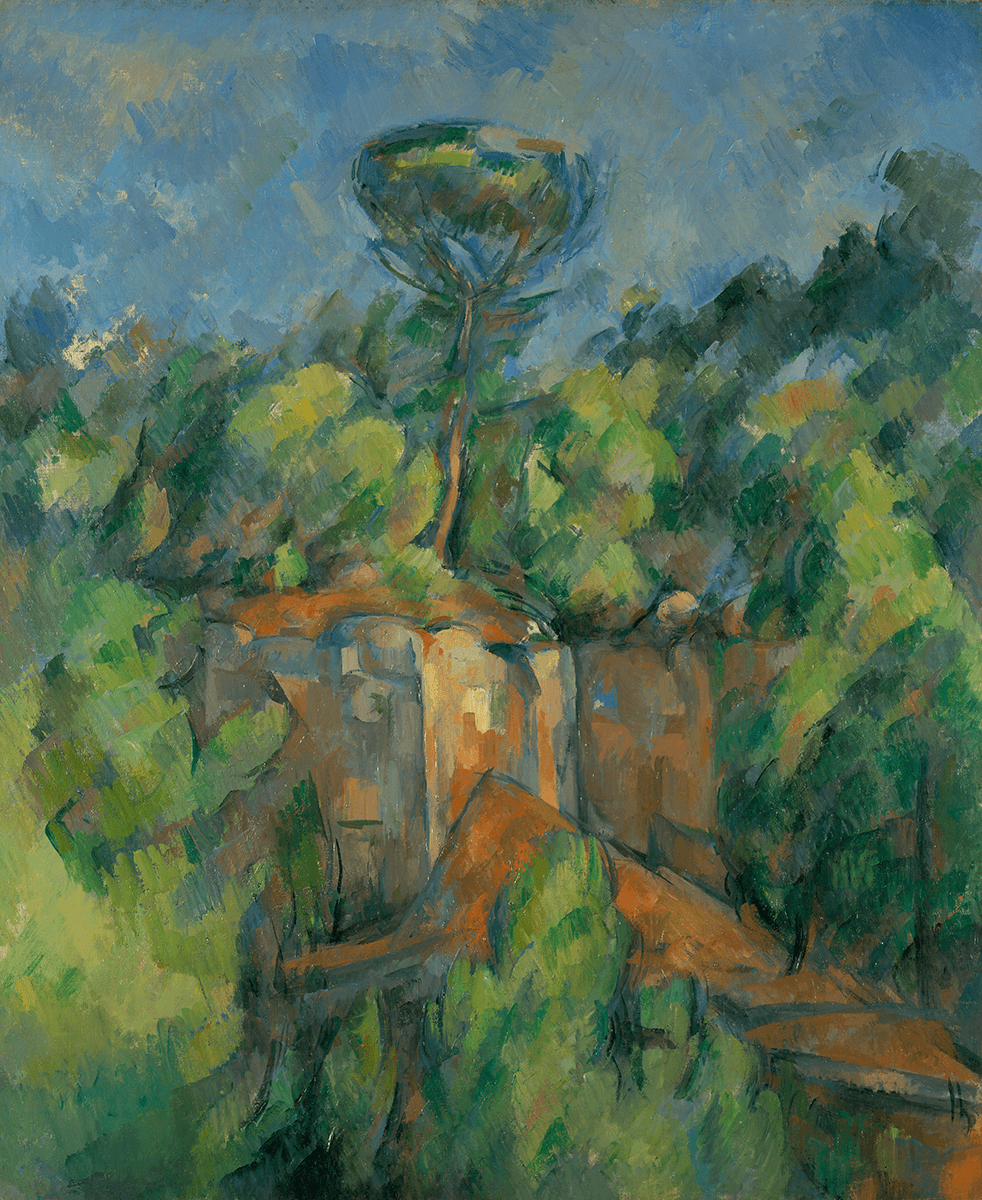 Paul Cezanne, Quarry at Bibémus, 1895–1900
Paul Cezanne, Quarry at Bibémus, 1895–1900 -
 Paul Cezanne, Mont Sainte-Victoire Seen from Les Lauves, 1904–1905
Paul Cezanne, Mont Sainte-Victoire Seen from Les Lauves, 1904–1905 -
 Paul Gauguin, Autumn in Brittany (The Willow Tree), 1889
Paul Gauguin, Autumn in Brittany (The Willow Tree), 1889 -
 Paul Gauguin, Faaturuma (Melancholic), 1891
Paul Gauguin, Faaturuma (Melancholic), 1891 -
 Paul Gauguin, Landscape in Le Pouldu, 1894
Paul Gauguin, Landscape in Le Pouldu, 1894 -
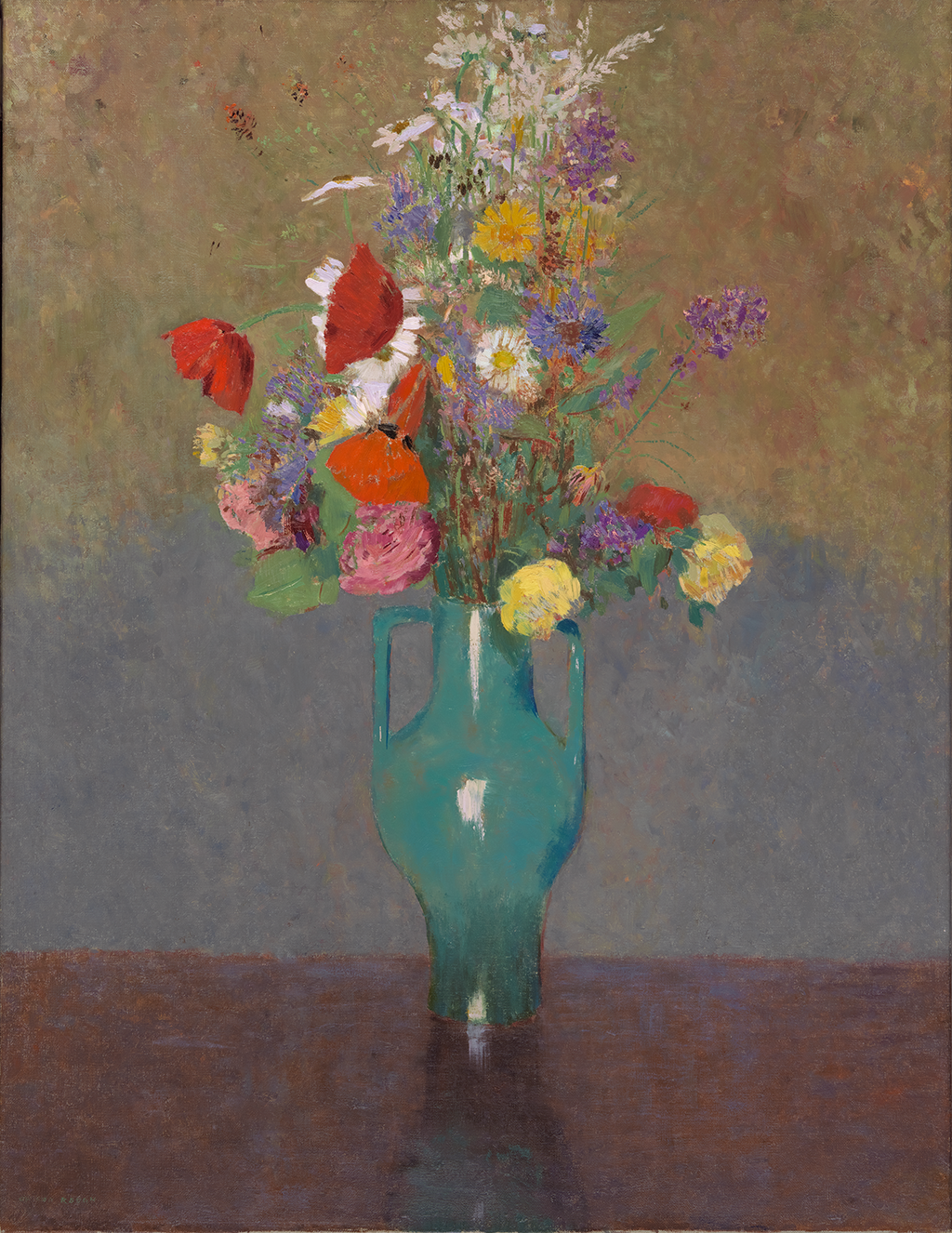 Odilon Redon, The Green Vase, ca. 1900
Odilon Redon, The Green Vase, ca. 1900 -
 Manner of Odilon Redon, Vase of Flowers, after 1928
Manner of Odilon Redon, Vase of Flowers, after 1928 -
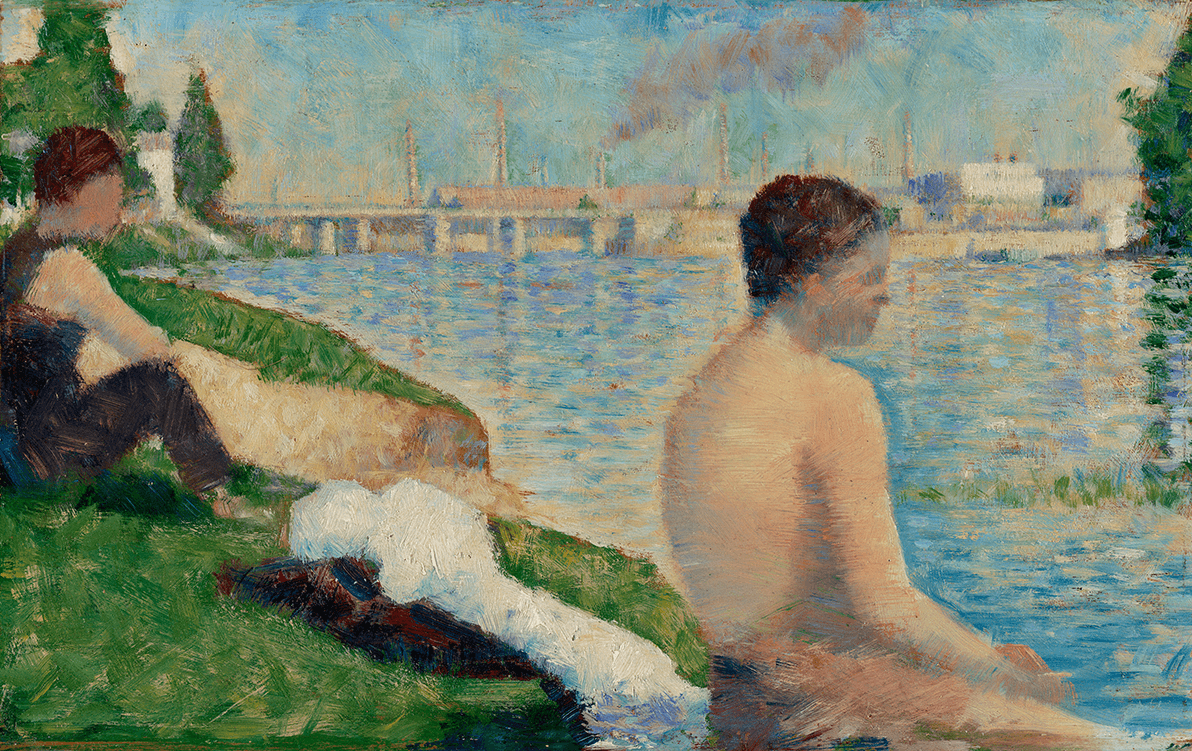 Georges Seurat, Study for “Bathers at Asnières,” 1883
Georges Seurat, Study for “Bathers at Asnières,” 1883 -
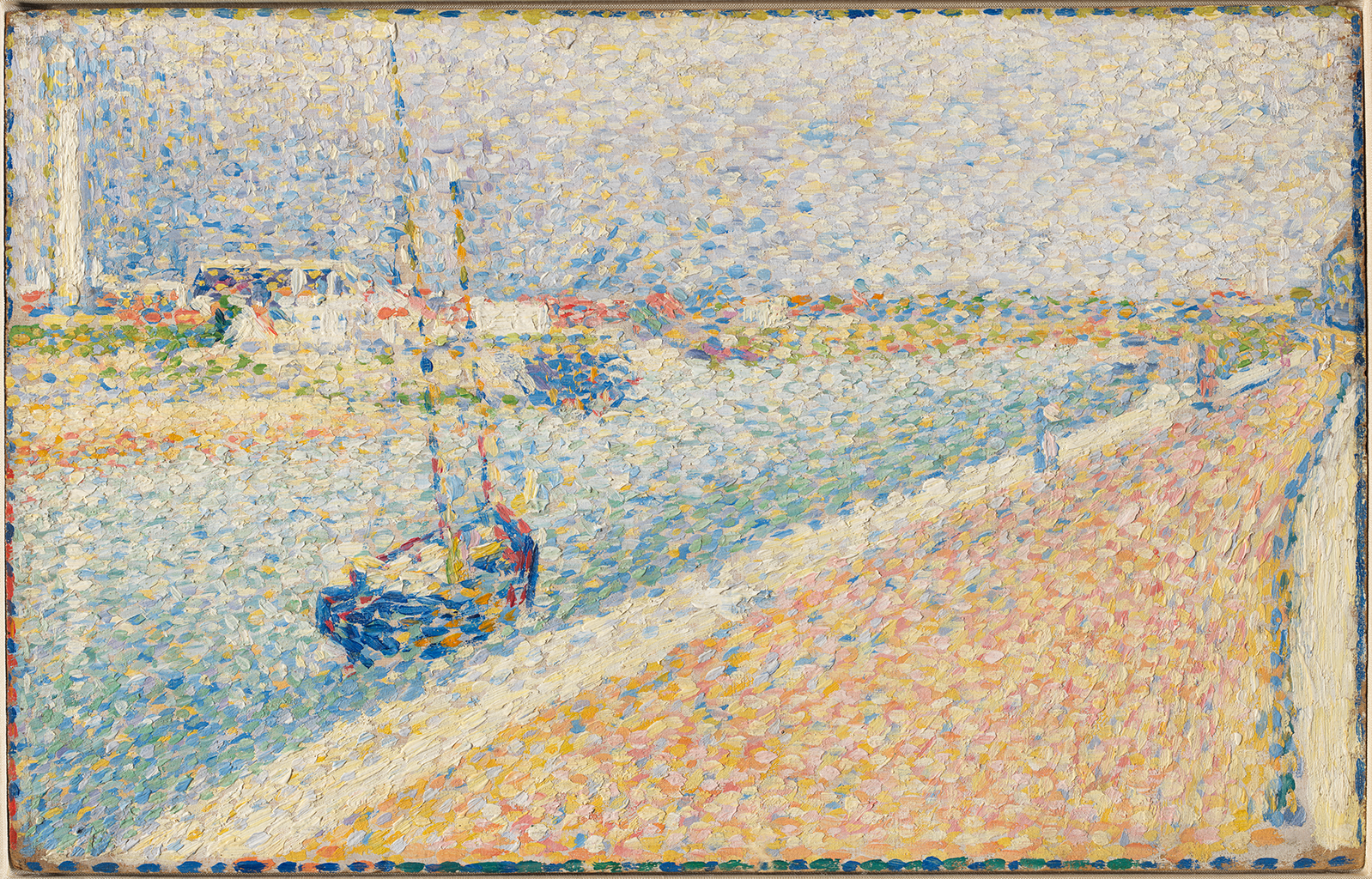 Georges Seurat, Study for "The Channel of Gravelines, Petit Fort Philippe,” 1890
Georges Seurat, Study for "The Channel of Gravelines, Petit Fort Philippe,” 1890 -
 Paul Signac, The Château Gaillard, View from My Window, Petit-Andely, 1886
Paul Signac, The Château Gaillard, View from My Window, Petit-Andely, 1886 -
 Paul Signac, Portrieux, The Bathing Cabins, Opus 185 (Beach of the Countess), 1888
Paul Signac, Portrieux, The Bathing Cabins, Opus 185 (Beach of the Countess), 1888 -
 Henri de Toulouse-Lautrec, Jane Avril Looking at a Proof, 1893
Henri de Toulouse-Lautrec, Jane Avril Looking at a Proof, 1893 -
 Vincent van Gogh, Head of a Man, mid- to late March 1885
Vincent van Gogh, Head of a Man, mid- to late March 1885 -
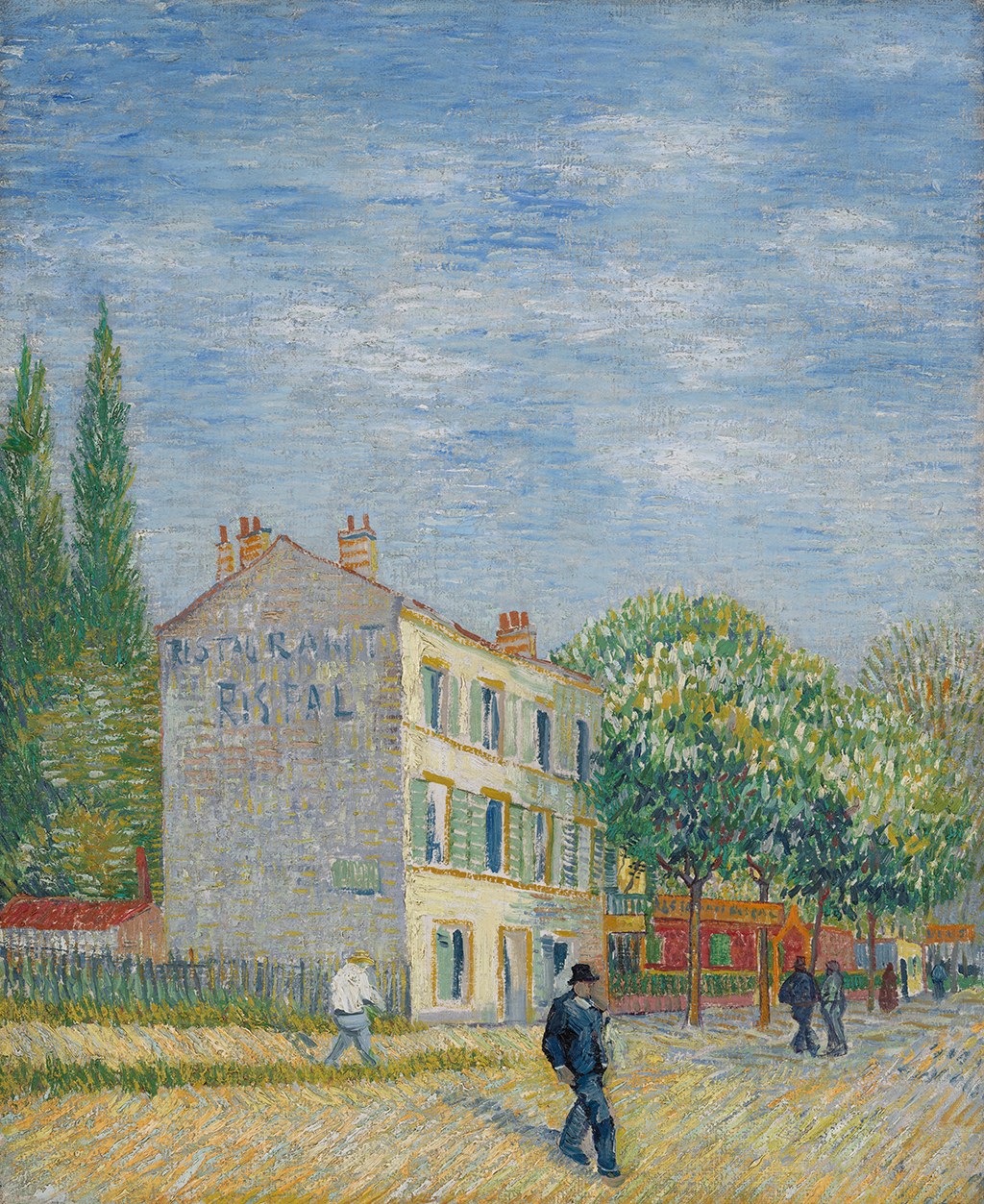 Vincent van Gogh, Restaurant Rispal at Asnières, 1887
Vincent van Gogh, Restaurant Rispal at Asnières, 1887 -
 Vincent van Gogh, Olive Trees, June/September 1889
Vincent van Gogh, Olive Trees, June/September 1889 -
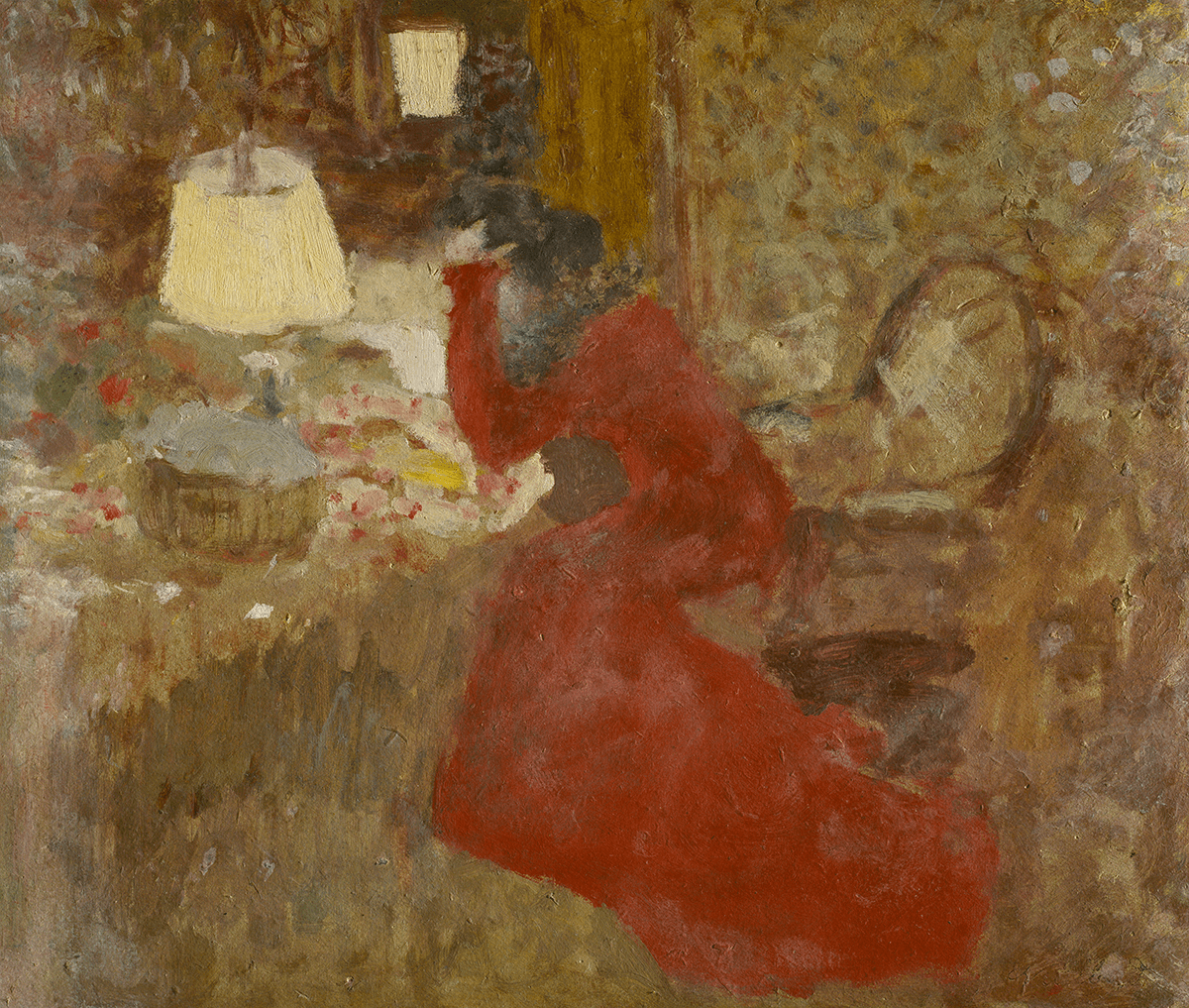 Edouard Vuillard, Woman in a Red Dress, or J. R. Against a Window, ca. 1899
Edouard Vuillard, Woman in a Red Dress, or J. R. Against a Window, ca. 1899 -
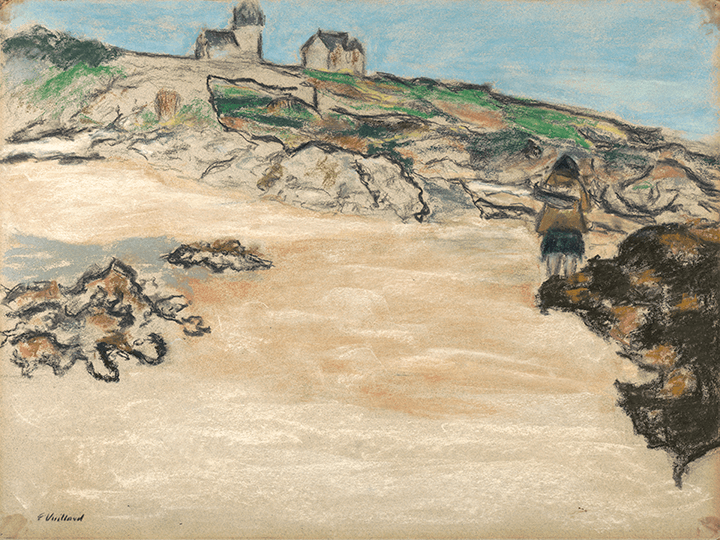 Edouard Vuillard, The Large Fisherwoman at Low Tide, 1909
Edouard Vuillard, The Large Fisherwoman at Low Tide, 1909
Catalogue Timeline
- Go back a page Back Previous Page (left keyboard arrow or swipe)
- Next Go to next page Next Page (right keyboard arrow or swipe)